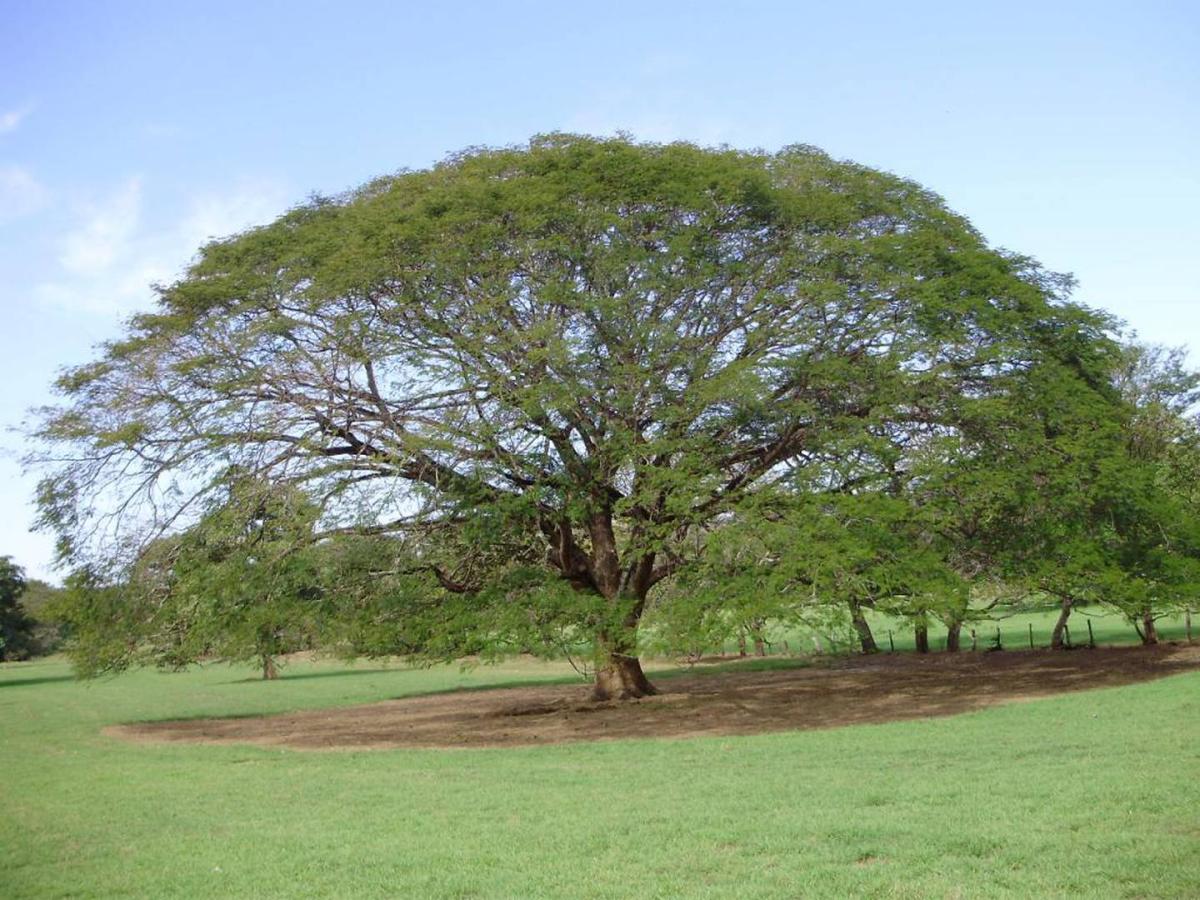
The Guanacaste tree, designated as Costa Rica's national tree on August 31, 1959, is a remarkable and multifaceted species deeply intertwined with the country's culture and environment. The tree's name, derived from Nahuatl origin, reflects its distinctive seed pods, which resemble ears and contribute to its alternative name, the Elephant Ear tree.
The Guanacaste tree (Enterolobium cyclocarpum) is a significant and iconic species in Costa Rica, both ecologically and culturally. Here's a brief overview of its history and characteristics
Historical Significance:
National Tree Designation: On August 31, 1959, the Guanacaste tree was officially declared the national tree of Costa Rica, recognizing its cultural and environmental importance.
Characteristics and Botanical Information:
Naming Origin: The name "Guanacaste" is of Nahuatl origin, combining words for "tree" and "ear." The tree is also known as the Elephant Ear tree due to the distinctive shape of its seed pods.
Botanical Classification: The Guanacaste tree belongs to the Fabaceae family and the Enterolobium genus. Its scientific name is Enterolobium cyclocarpum.
Distinctive Features:
Seed Pods: The glossy, brownish seed pods are semi-circular and resemble ears, contributing to the tree's alternative name.
Size: Guanacaste trees are large, reaching heights between 82 to 120 feet, with diameters of up to 7 feet.
Canopy: The tree boasts a massive hemispherical canopy with light green, feathery leaves.
Geographical Distribution:
Guanacaste trees thrive in tropical climates with humidity and a distinct dry season.
They are not found right at the beach due to intolerance to salty conditions but are located more inland, often along coastal areas and riverbanks.
Ecological and Cultural Significance:
Wildlife Interaction:
The tree's seed pods serve as food for cattle and parrots.
Parrots are attracted to the tree's fruits, contributing to its ecological role.
Cultural Uses:
Guanacaste seeds are used to create jewelry, but caution is advised against getting them wet as they may swell.
The tree's shade is utilized in coffee plantations, providing enormous coverage for coffee plants.
Guanacaste wood is highly valued for its durability and is used in crafting furniture, windows, doors, cabinets, and even traditional oxcarts.
Folk Medicine:
The sap of the Guanacaste tree is used as an alternative treatment for lung infections like bronchitis.
Chemical compounds from the bark and pods are utilized to create a substitute for soap.
The green fruit may help alleviate gastrointestinal issues.
Symbolism:
Resilience and Endurance:
The Guanacaste tree symbolizes strength and resilience, growing strong even in challenging conditions.
It embodies the spirit of Costa Rica and its ability to endure and thrive.
In summary, the Guanacaste tree is not just a botanical species in Costa Rica; it's a symbol deeply ingrained in the country's identity, playing a vital role in ecology, culture, and even economy through its various uses.




